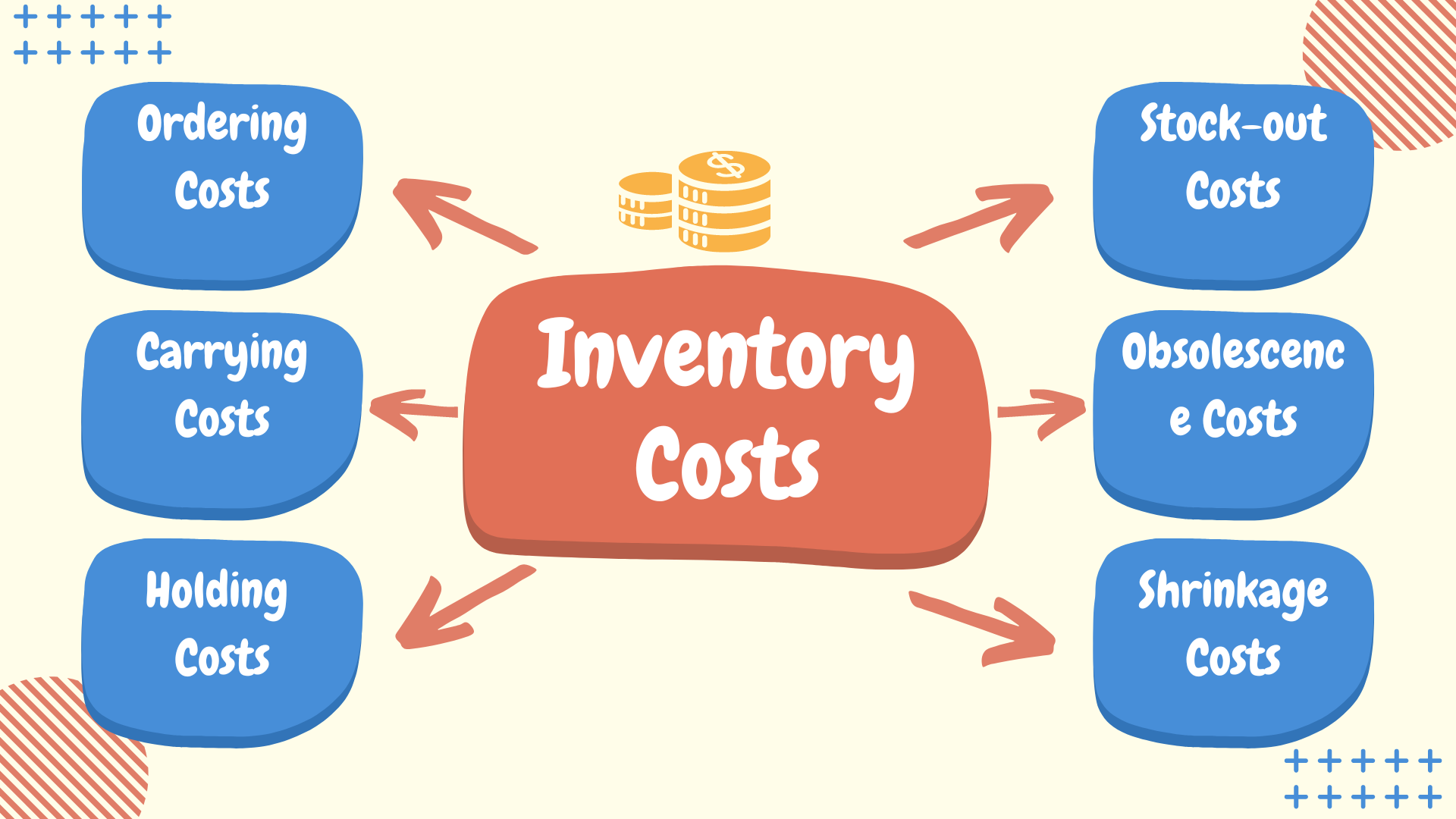
A Guide to Inventory Cost Management to Boost Your Profits
Inventory costs are the expenses incurred in holding or storing goods for sale. It includes costs such as purchasing, storage, handling, insurance, and obsolescence. Companies strive to maintain a sufficient level of inventory to meet customer demand while keeping inventory costs low in order to increase profitability. Inventory cost is one of the most important […]
Read More
Stockouts – Out of Stock : What Is It, Causes, Impacts, and How to Avoid?
A stockout occurs when a product or item is unavailable for purchase at the point of sale, despite being in demand. This can happen for various reasons, such as insufficient inventory, supply chain disruptions, demand forecasting errors, and unexpected events like natural disasters, economic downturns, or unforeseen circumstances. Stockouts can have significant negative consequences for […]
Read More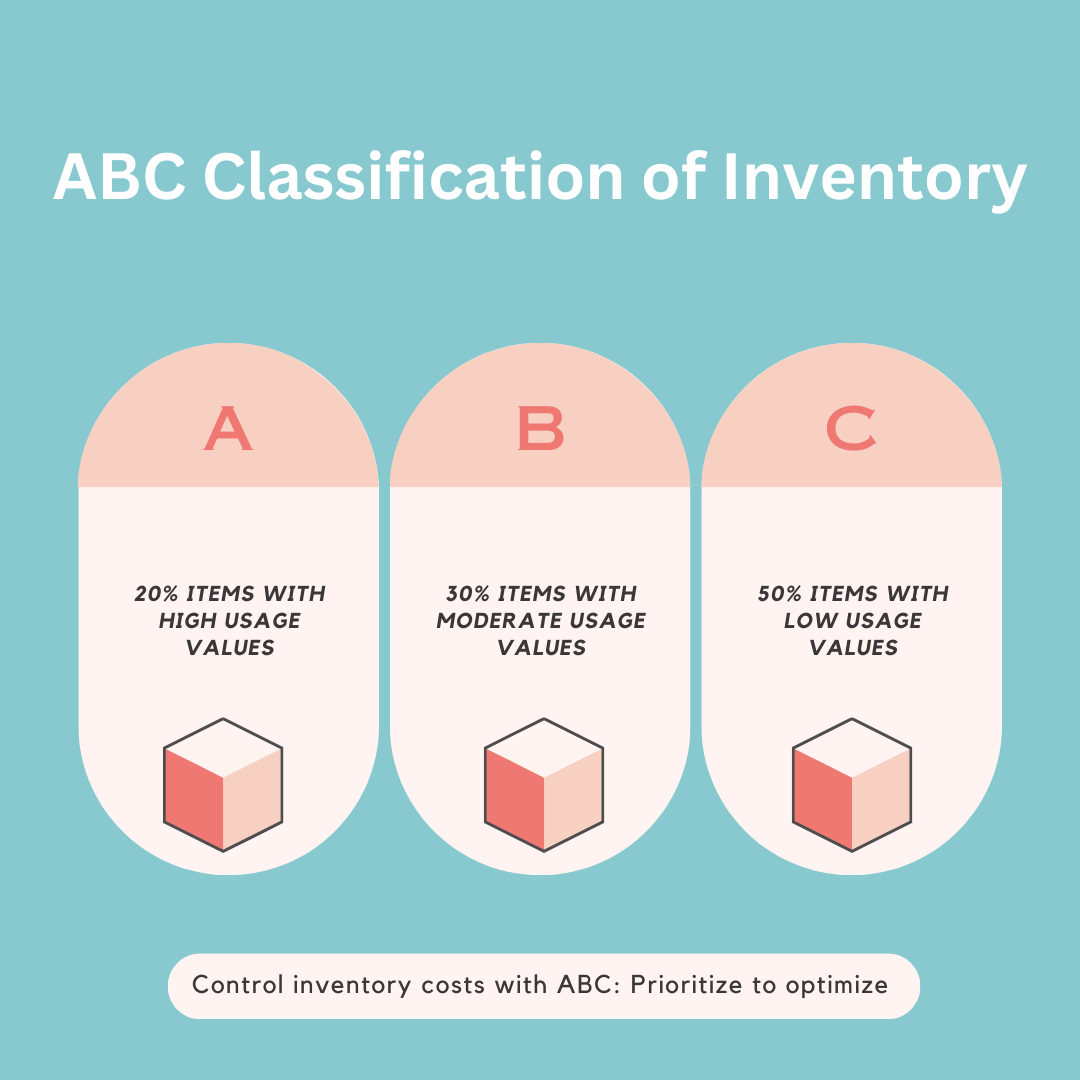
ABC Analysis – Classification of Inventory
ABC analysis is a method used in inventory management to categorize stock items into three classes based on their relative importance. This helps organizations prioritize their efforts to manage inventory and reduce costs. Class A items are the most important and valuable items in the inventory, representing a small percentage of the total inventory but […]
Read More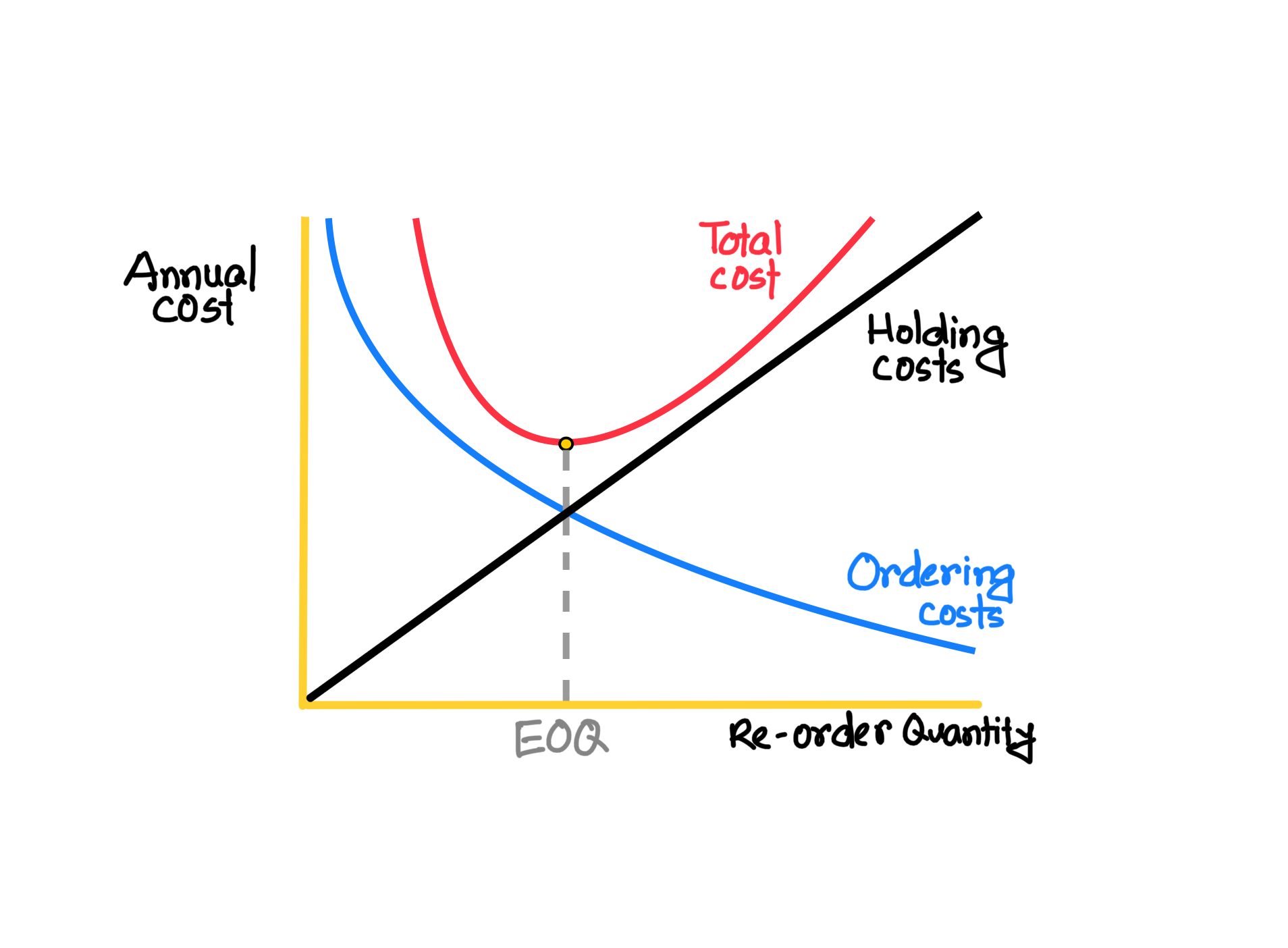
Maximizing Efficiency: Understanding the Economic Order Quantity Model
Economic Order Quantity (EOQ) is an inventory management method that determines the optimal quantity of items to order to minimize the total cost of ordering and holding inventory. It balances the cost of ordering inventory, such as purchasing and processing costs, with the cost of carrying inventory, such as storage and capital opportunity cost. Organizations commonly […]
Read More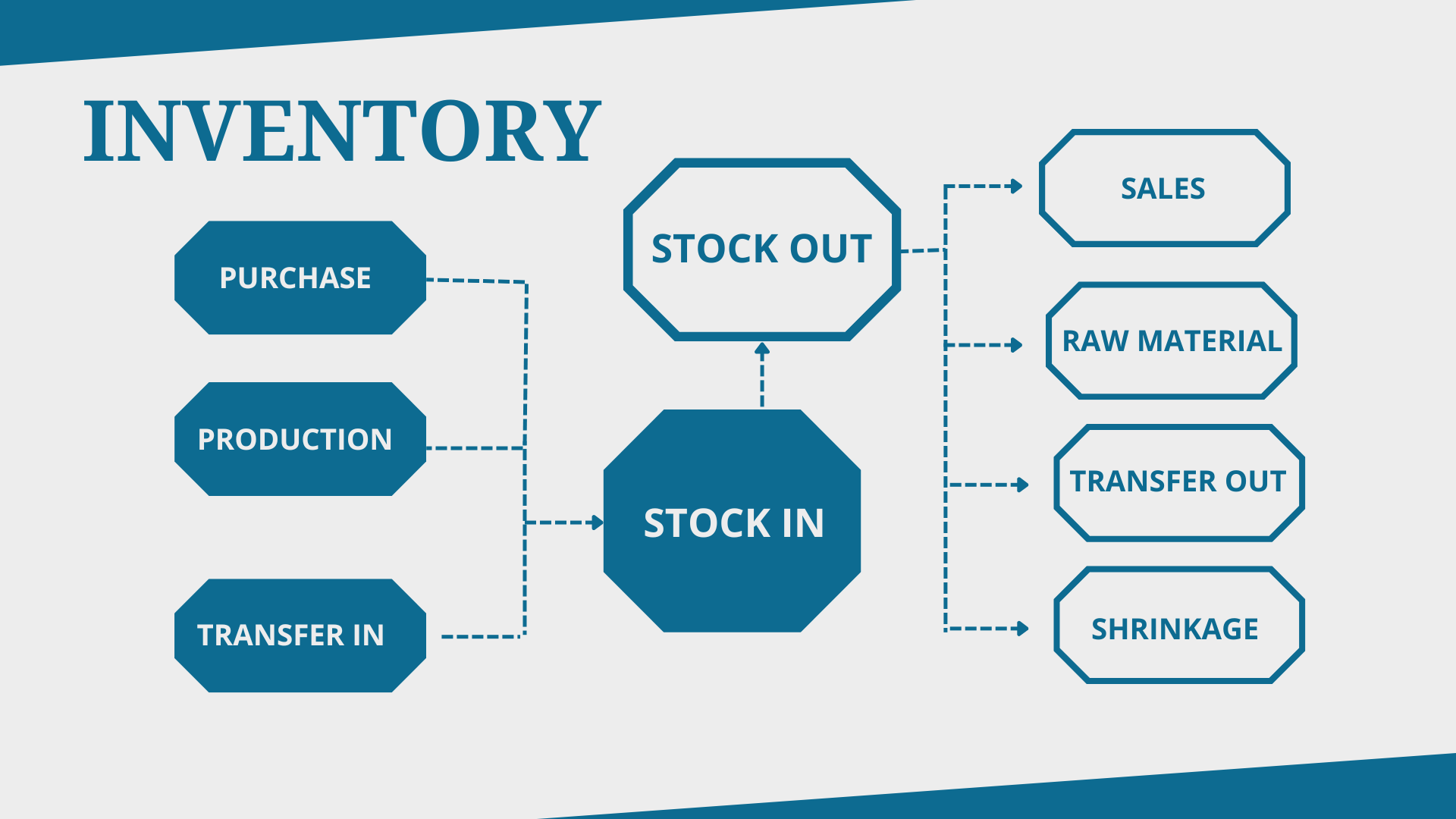
Inventory Management – Definition, Importance, Operations, & Best Practices
Inventory management is the process of overseeing and controlling the movement of goods in a company, from the time they are ordered to the time they are sold. It involves managing the flow of products into and out of a company’s warehouse or storage facilities, ensuring that the right products are available in the right […]
Read More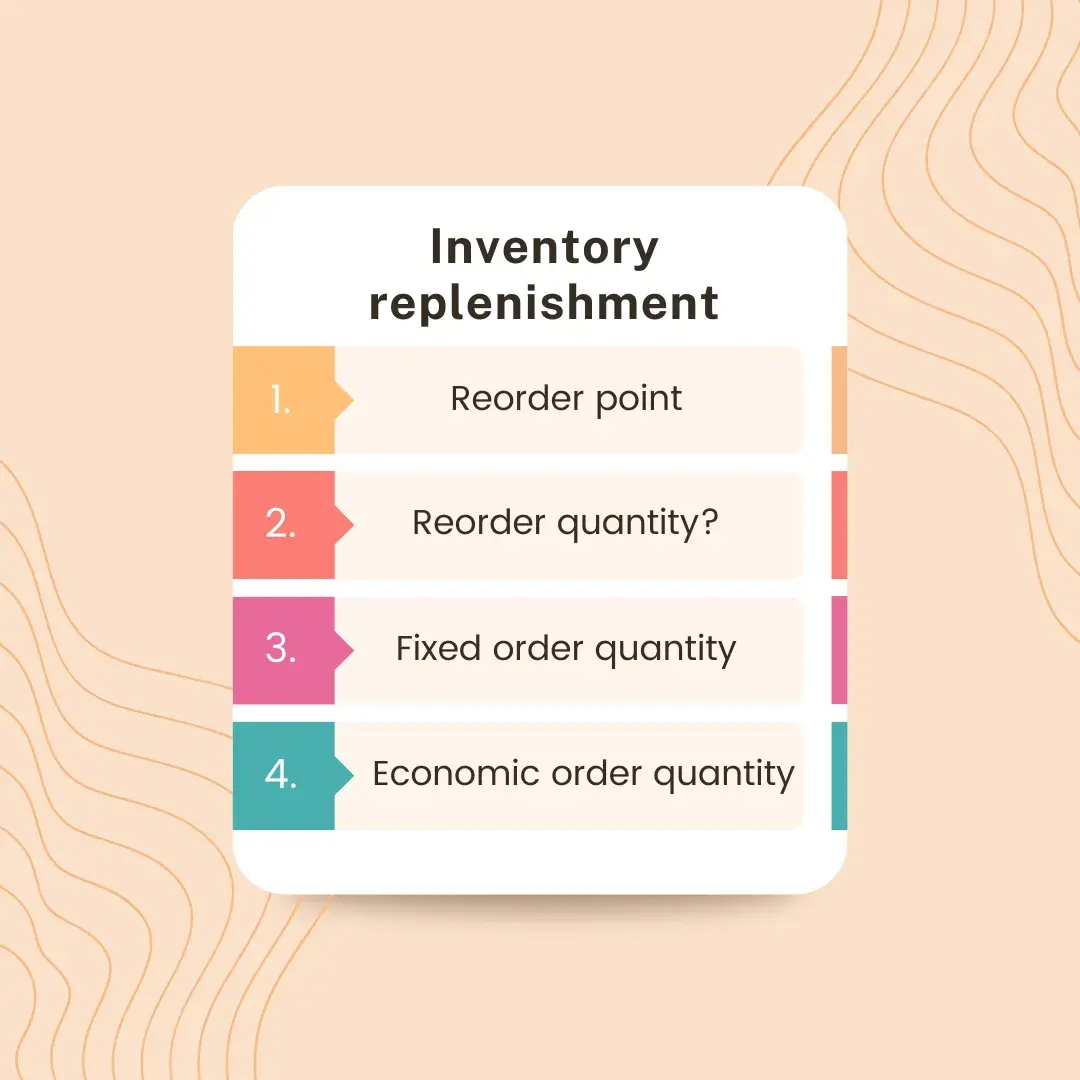
Inventory Replenishment: The Complete Guide for Restocking
Inventory replenishment refers to the process of restocking and maintaining an optimal level of inventory in a business. In the retail business, worldwide losses due to out-of-stocks amount to $634.1 billion. According to another statistic, CGP Retailers Lost Out On 7.4% in Sales to Stock-Outs in 2021 which equates to $82 billion in missed revenue. […]
Read More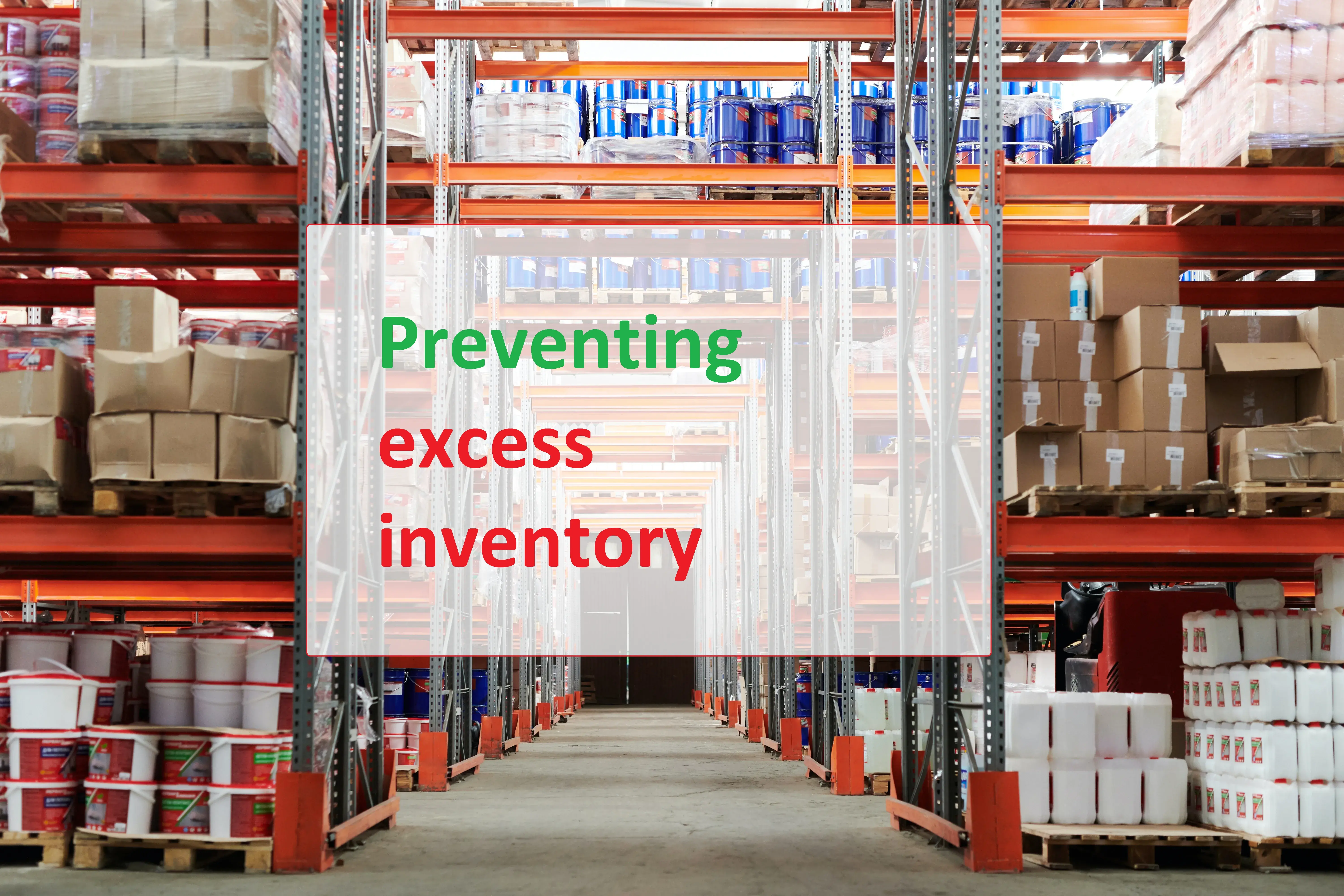
Excess Inventory: Eliminate Excess Stock and Boost Profits
Excess inventory refers to any item a business has beyond its immediate needs. This can occur due to various reasons, such as overproduction, overstocking, poor demand forecasting, supply chain disruptions, and product obsolescence. Excess inventory can have significant negative consequences for businesses, including increased costs, reduced cash flow, lost sales opportunities, decreased profitability, and damaged […]
Read More
Inventory Accounting: A Comprehensive Guide
Inventory accounting plays a crucial role in accurately valuing and managing a company’s inventory assets. It involves assigning costs to inventory and properly documenting it in financial records. This comprehensive guide will provide you with a deep understanding of inventory accounting, its methods, and its impact on profit and taxation. We’ll explore the different types […]
Read More
Purchasing Management: Strategies for Effective Supply Chain Management
Purchasing Management is the process of acquiring goods and services from external suppliers in a cost-effective and efficient manner. It is responsible for ensuring that the organization has the right goods and services at the right place at the right time for the right price. Purchasing Management supports the organization’s overall business strategy by helping […]
Read More
Order Fulfillment- Steps, Challenges & How to Overcome
Order fulfillment refers to the process of receiving, processing, and delivering a customer’s order. It encompasses a variety of activities, including inventory management, picking and packing of products, shipping and transportation, and customer service. The goal of order fulfillment is to ensure that the customer receives their order in a timely, accurate, and cost-effective manner. […]
Read More